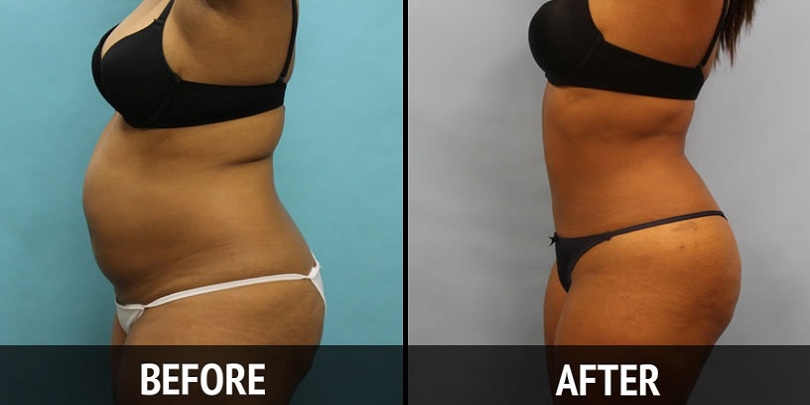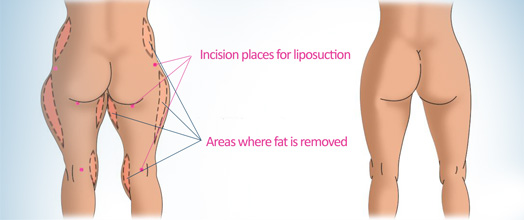Liposuction can help boost someone’s confidence and end their struggles of trying to loose stubborn pockets of fat but before you think about having it done, it’s best to know how to works and what possible negative effects their might be.
As technology progresses, so do liposuction techniques. Currently the hottest tool in liposuction is called Power Assisted Liposuction (PAL) which uses small but fast vibrations to help break down the fat issue and make it easier to suck out. This new technology reduces the amount of physical effort required during liposuction meaning the surgeon does not fatigue and can maintain better results throughout the procedure. With shorter procedures, recovery also tends to be better as liposuction is a big stress on the body and you will experience bruising in the areas treated.
To start, aesthetic fluid is injected into the target area which not only numbs the area, but also helps liquidise the fat and make it easier to remove. As a local anaesthetic is used, liposuction is generally only performed on specific areas at a time, rather than whole body.
A good surgeon will make sure you’ve gone through adequate attempts at losing fat through improved diet and exercise before resorting to liposuction and decline your request if you’re too big. Obese people aren’t suited for liposuction as a full body operation is not a viable solution, rather those overweight people with annoying pockets or folds they wish to have removed are far better suited.
Once the fat has been sucked out, it becomes much harder to gain fat in that area again. We have a finite number of fat cells that grow and shrink as we gain and loss fat. Once these fat cells are removed, we then have fewer cells that can grow and get fat.
If you wish to find out more about liposuction and few some before and after photos, check out the Liposuction Institute’s website where they provide some great information.


